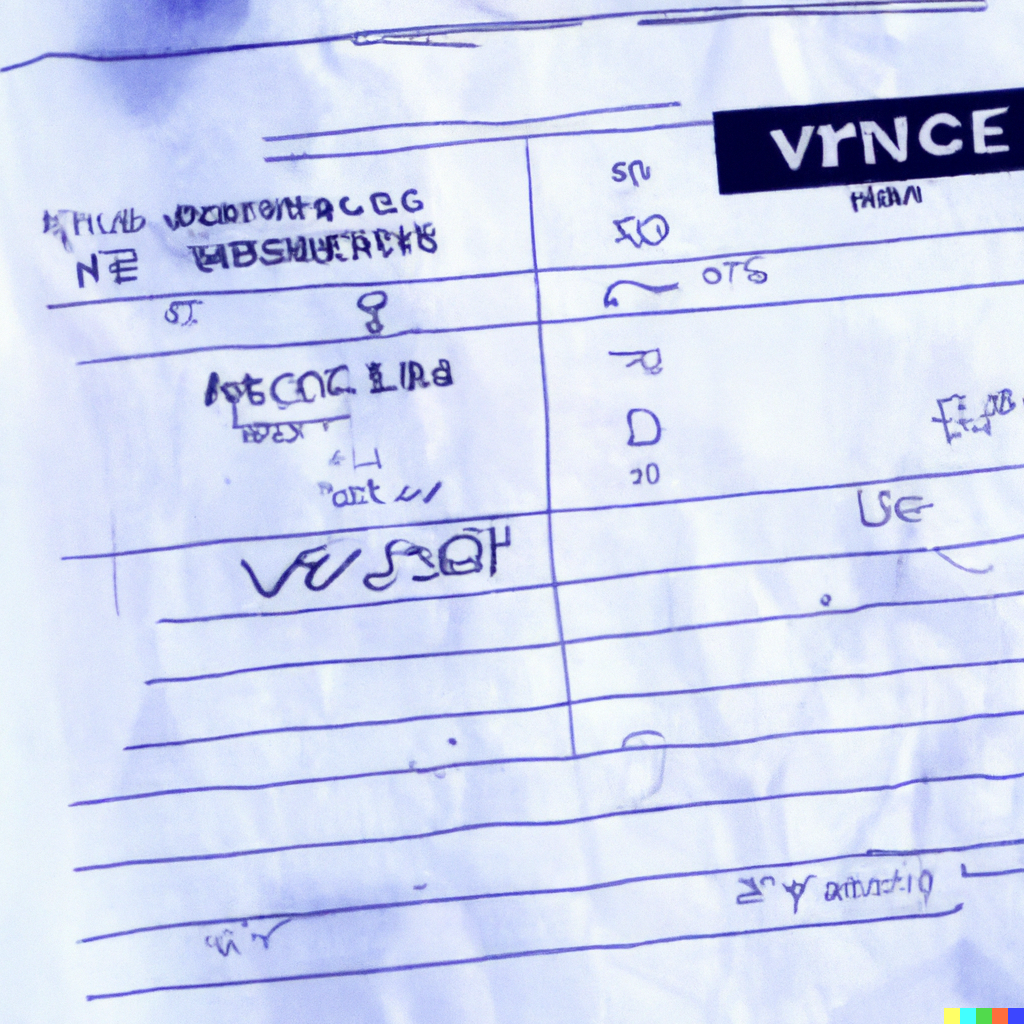Deciphering Mode S and Mode C Transponders in Aviation
Alexander Kellerson

Welcome, aviation enthusiasts and curious minds! In this insightful article, we will embark on an enlightening journey to demystify the often complex world of aviation transponders. We'll delve into the specifics of Mode S and Mode C transponders, unraveling their technical differences, operational uses, and the significant impact they have on air traffic control. Beyond that, we'll also explore the safety implications of these modes. So buckle up and prepare for a deep dive into the fascinating world of aviation technology as we decipher Mode S and Mode C Transponders in Aviation!
Understanding Mode S Transponders
Delving into Mode S transponders, these devices take a significant leap forward in aviation technology compared to their Mode C counterparts. Mode S transponders offer selective interrogation, meaning they respond only to specific requests, reducing air traffic clutter. They're also capable of transmitting more data, including the aircraft's unique identification, altitude, and even intent information, providing an additional layer of safety. This advanced communication tool has indeed revolutionized aircraft identification and tracking, paving the way for more efficient navigation and air traffic control.
Exploring Mode C Transponders
In the complex world of aviation communications, Mode C transponders play a pivotal role. These transponders interact with secondary surveillance radar (SSR) systems, broadcasting altitude information derived from an aircraft's pressure altitude reference system. This information is crucial for air traffic control to maintain appropriate vertical separation among aircraft. However, unlike Mode S transponders, Mode C units do not offer selective interrogation or data block transmission capabilities, thus limiting their functionality. As we transition from discussing Mode C, we will delve into the advanced features of Mode S transponders, offering a clearer understanding of their unique benefits.
Technical Differences between Modes
Delving into the technical differences, Mode S and Mode C transponders vary primarily in their data output and aircraft identification capabilities. While Mode C transponders provide only altitude data to air traffic control, Mode S transponders take this a step further by transmitting the aircraft's unique identification code, altitude, and other aircraft-specific data. This additional information supplied by Mode S transponders significantly enhances traffic monitoring and collision avoidance, thus enhancing aviation safety. These differences make it essential for pilots and aviation professionals to understand which transponder mode they are interacting with.
Operational Uses of Transponders
In the realm of aviation, transponders play a vital role in ensuring safety and efficiency. The operational use of Mode S and Mode C transponders vary, yet their significance remains paramount. Mode C transponders provide air traffic control with altitude data, assisting in maintaining appropriate aircraft separation. Conversely, the Mode S transponder offers more advanced features, including selective interrogation to reduce air traffic control channel congestion and the capacity to transmit additional aircraft information. Understanding these differences allows for more effective usage and enhances the overall aviation experience.
Impact on Air Traffic Control
The impact of Mode S and Mode C transponders on air traffic control cannot be understated. These transponders provide crucial information about aircraft, enhancing the precision and efficiency of air traffic management. Mode S transponders, in particular, offer advanced features such as selective interrogation and collision avoidance capabilities, making them a vital tool for maintaining airspace safety. On the other hand, Mode C transponders, while simpler, are instrumental in delivering altitude information, a key factor in coordinating aircraft passage in busy skies. Therefore, both varieties of transponders play a significant role in facilitating seamless air traffic control operations.
Safety Implications of Modes
Understanding the safety implications of Mode S and Mode C transponders is integral to aviation safety. Mode S transponders, with their selective interrogation feature, allow for more specific tracking of aircraft, thereby reducing the risk of mid-air collisions. On the other hand, Mode C transponders, while less sophisticated, provide essential altitude information to air traffic control, making them instrumental in maintaining safe flight levels. Thus, both systems play a crucial role in ensuring secure and efficient airspace operations.
'Reflecting on the Importance and Impact of Mode S and Mode C Transponders in Aviation'
In conclusion, Mode S and Mode C transponders play pivotal roles in modern aviation, each with their unique characteristics and uses. The technical differences between the two modes, such as Mode S's selective interrogation and Mode C's altitude reporting capabilities, underline their distinct operational uses and impacts on air traffic control. These transponders contribute significantly to maintaining safe airspace, with each mode having its own safety implications. Understanding the intricacies of these devices can enhance our appreciation of the complex systems that keep our skies safe and efficient. As aviation technology continues to evolve, so too will the capabilities and functions of transponders, promising an exciting future for the aviation industry.










